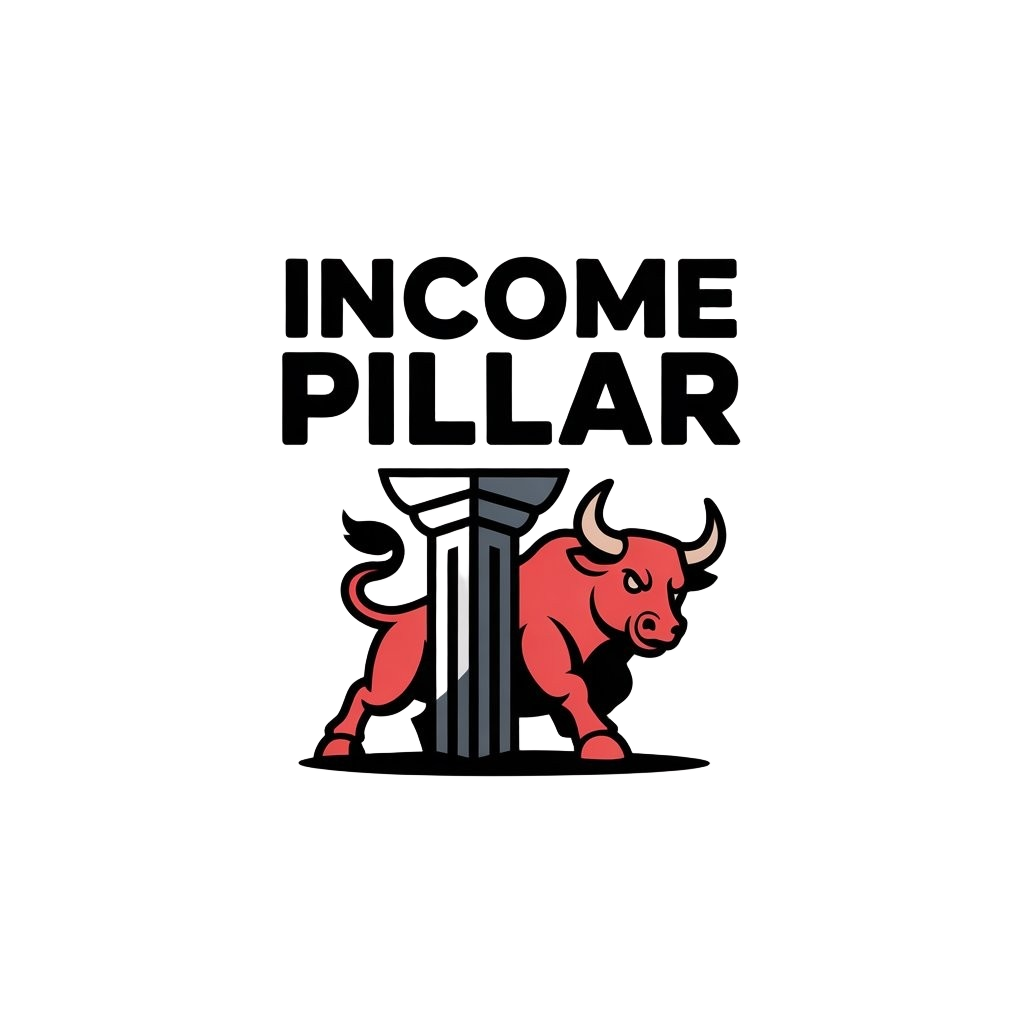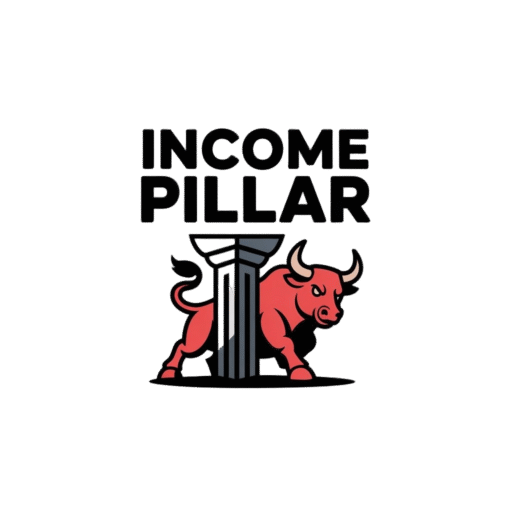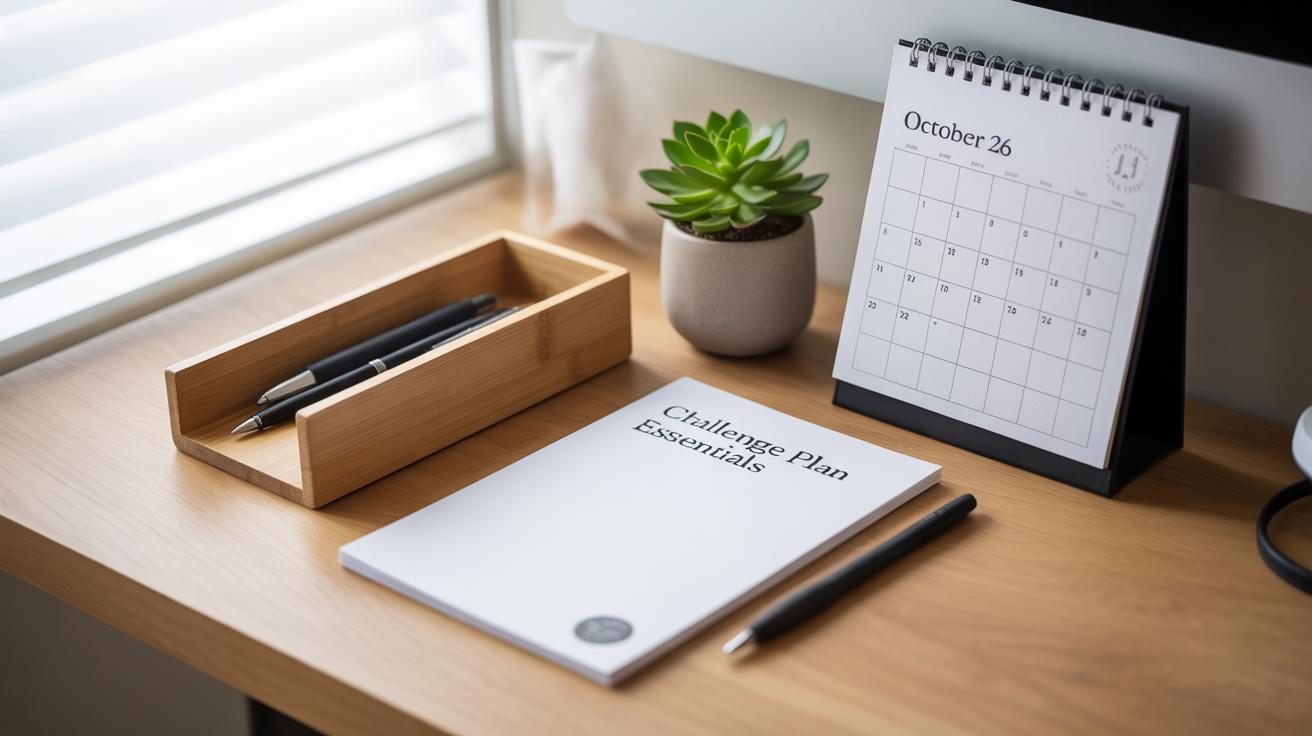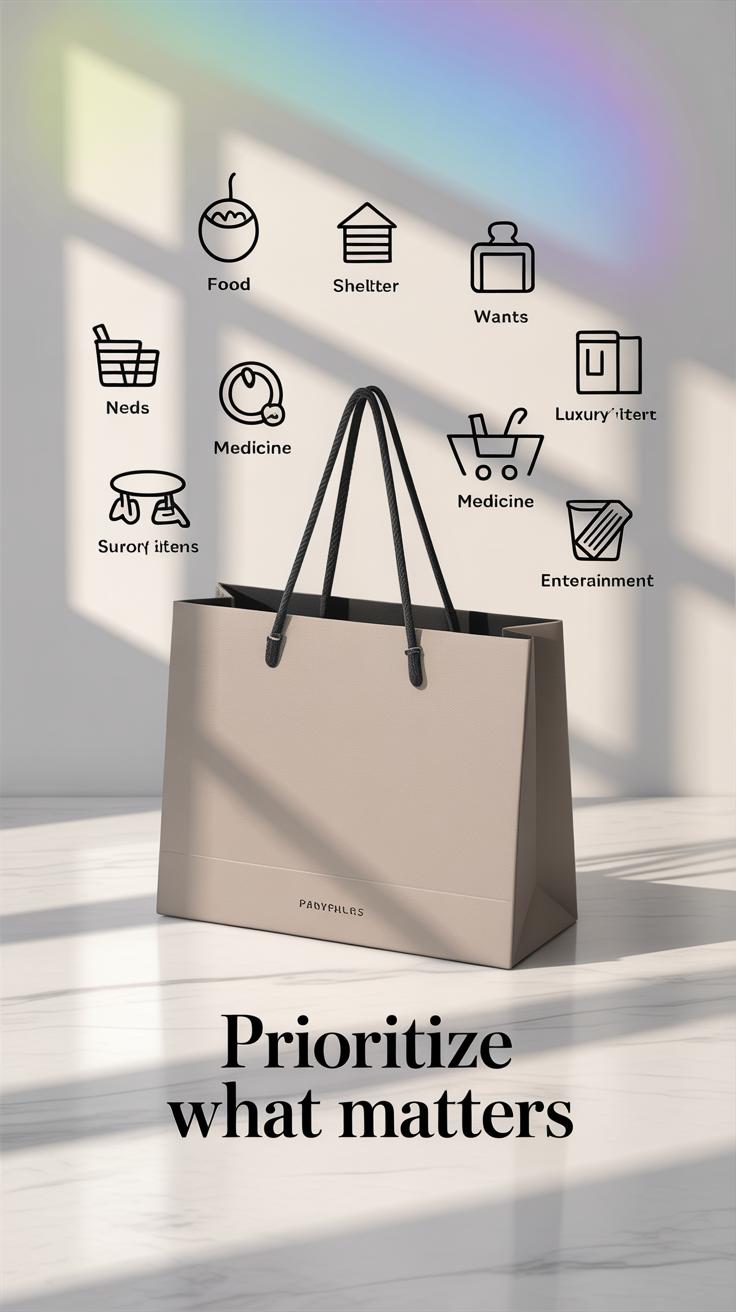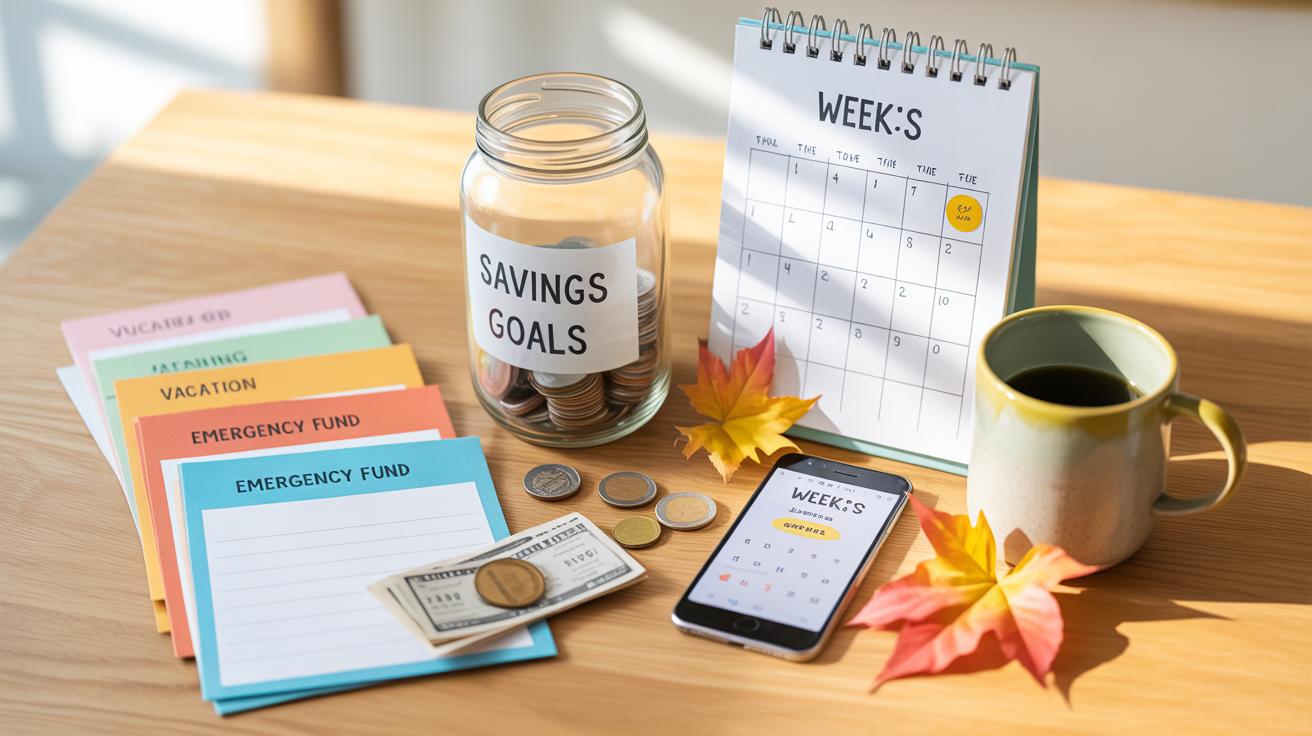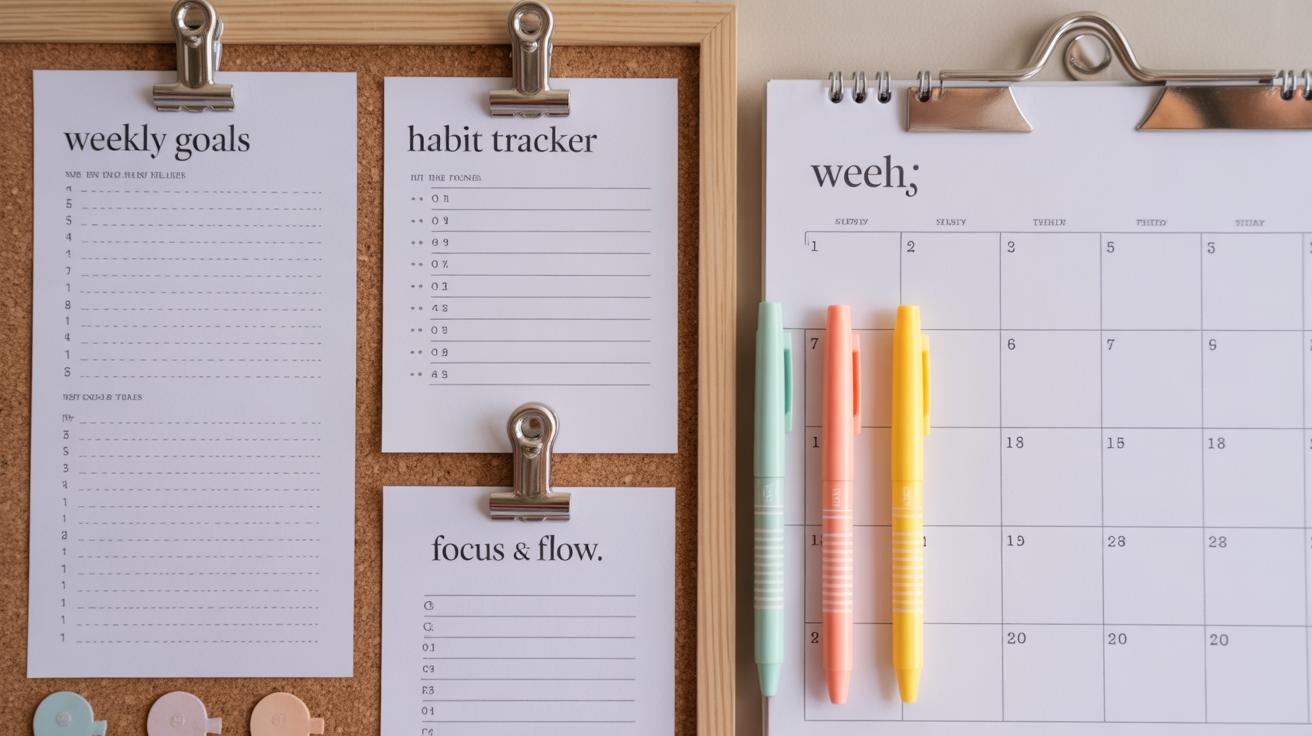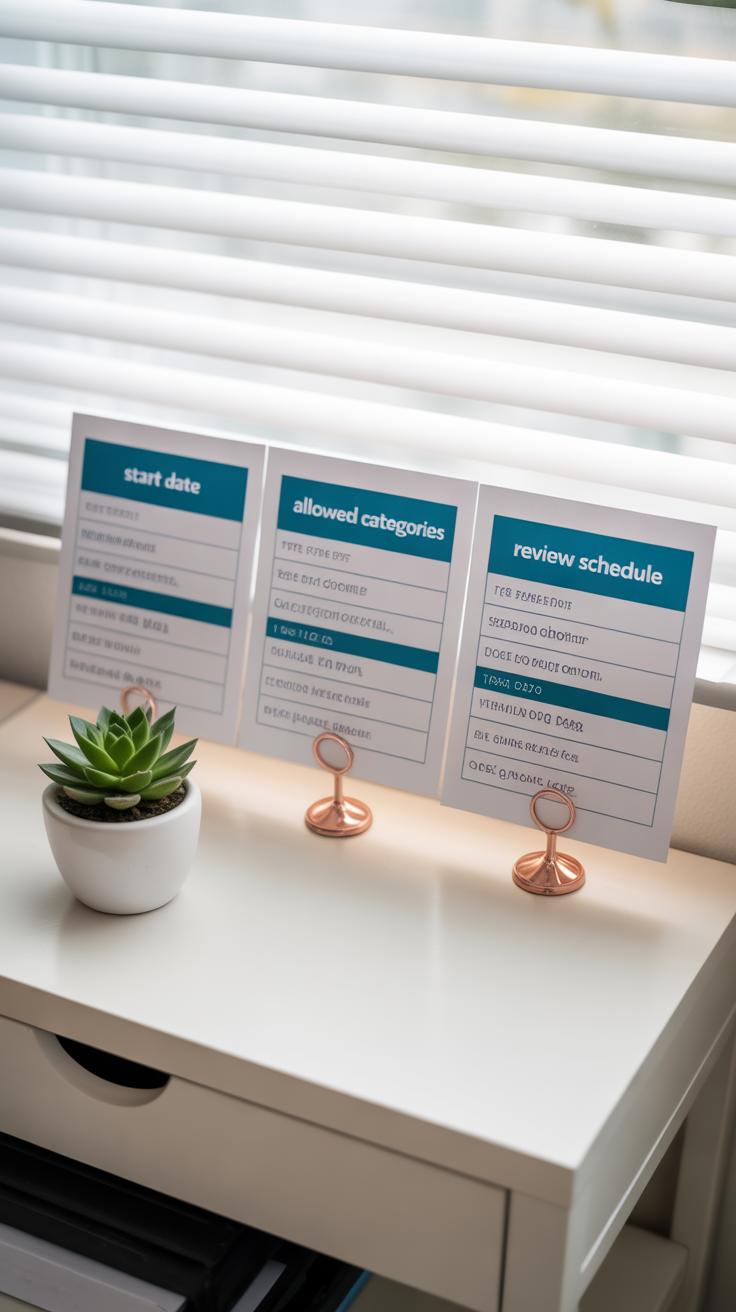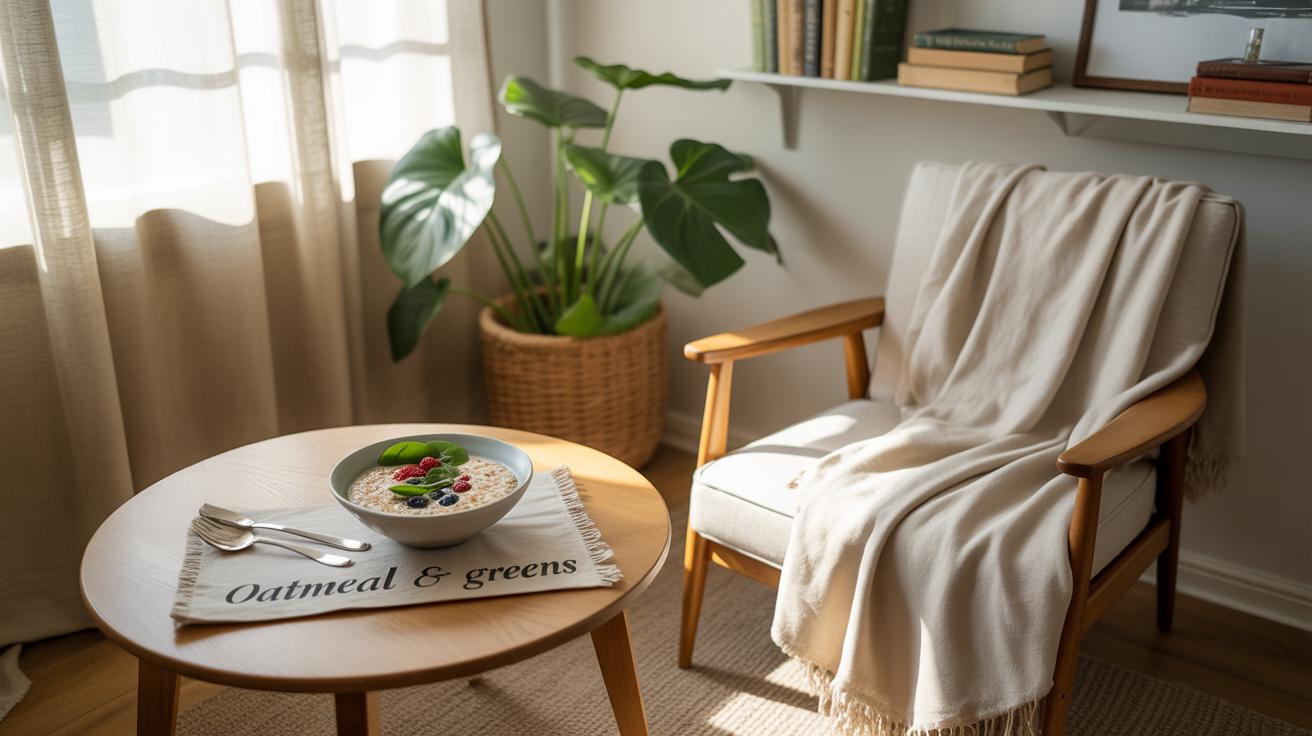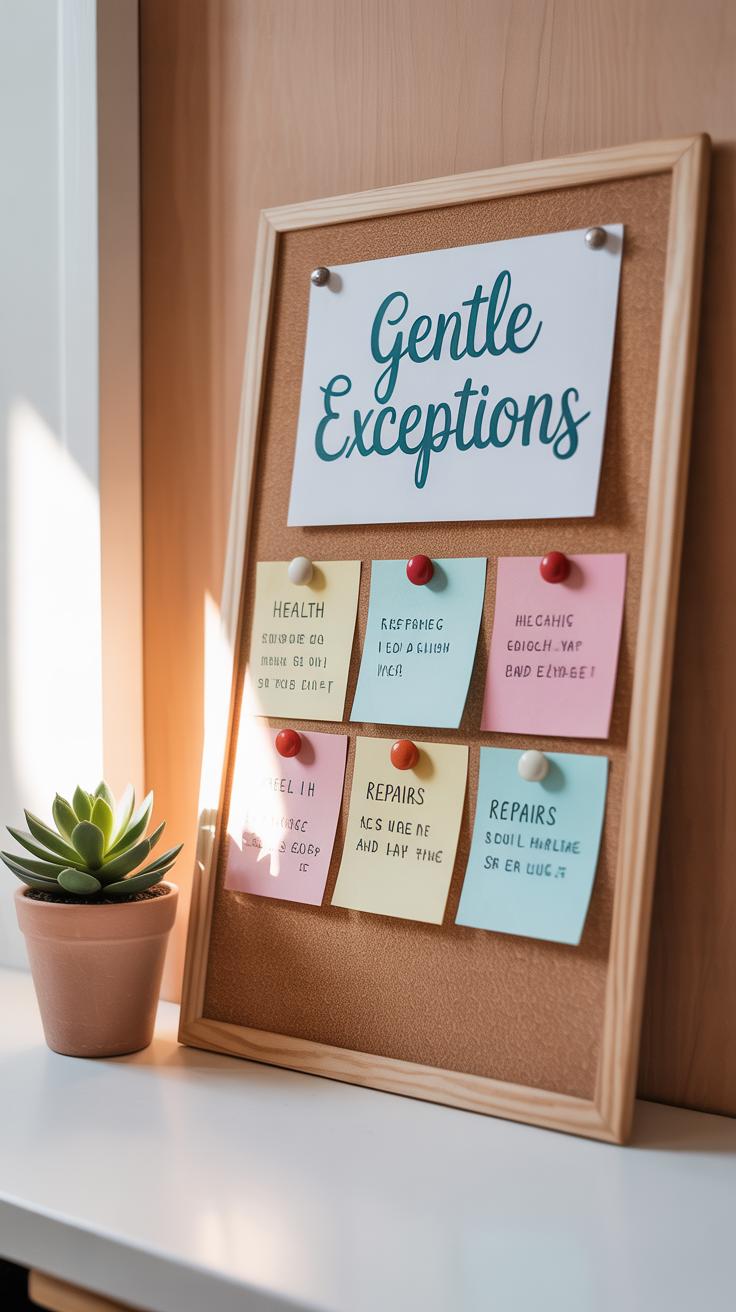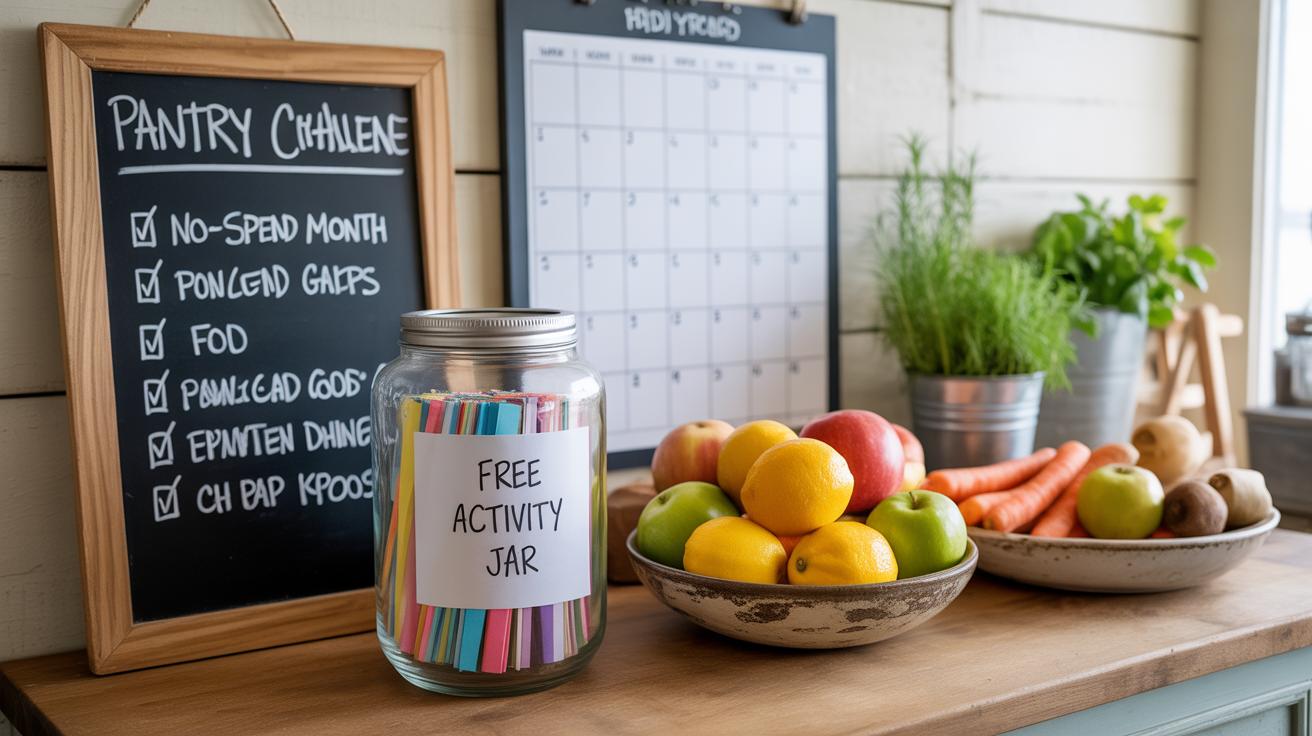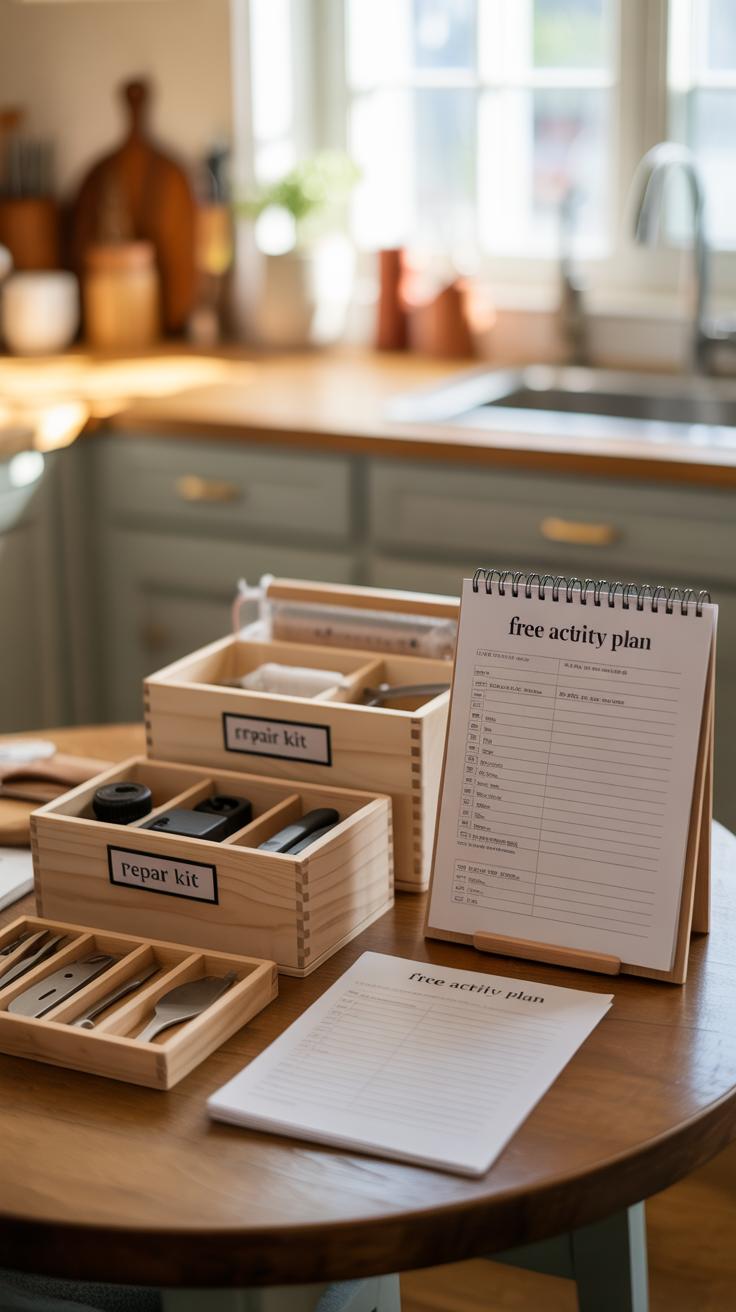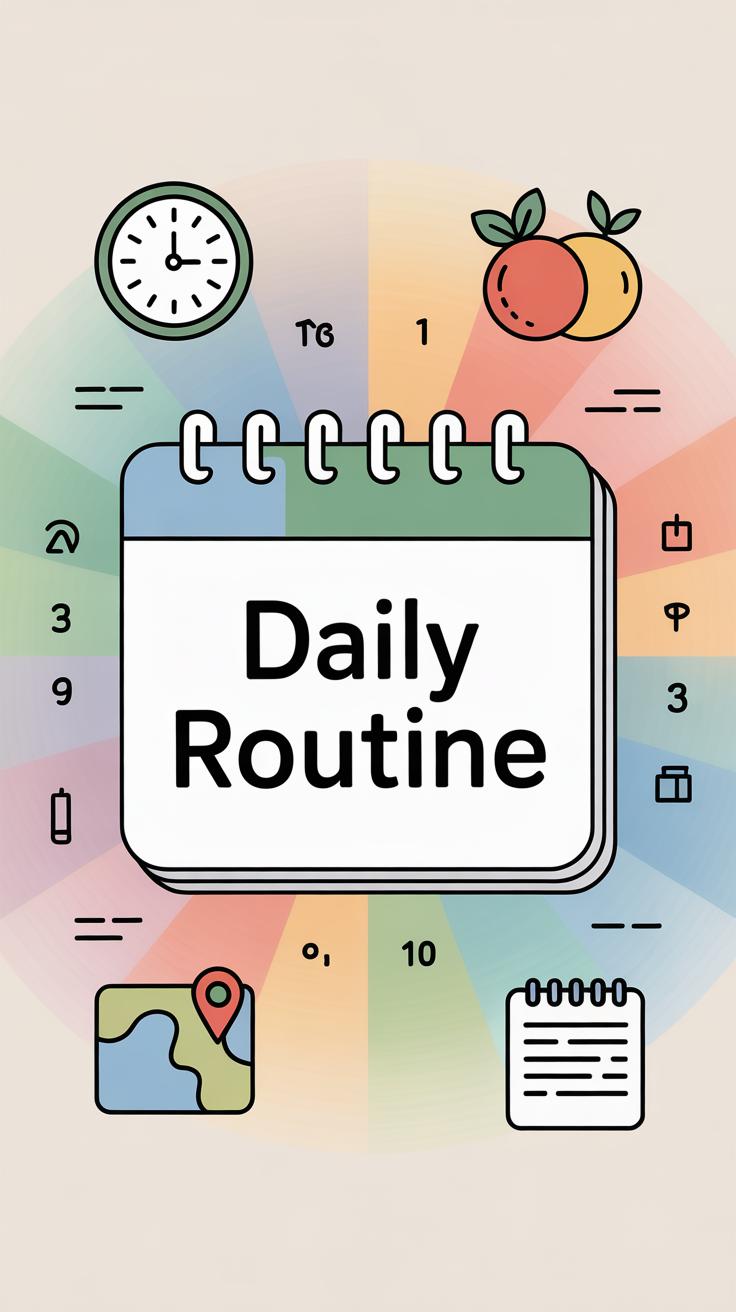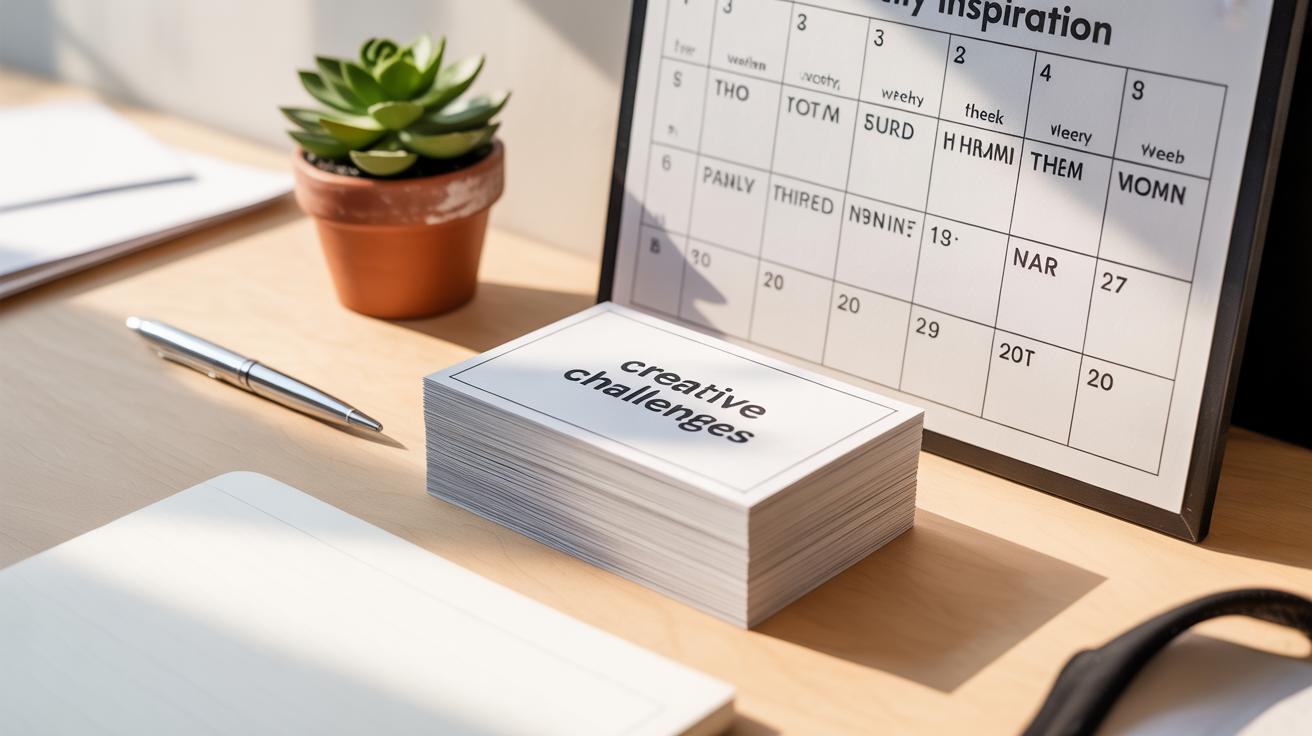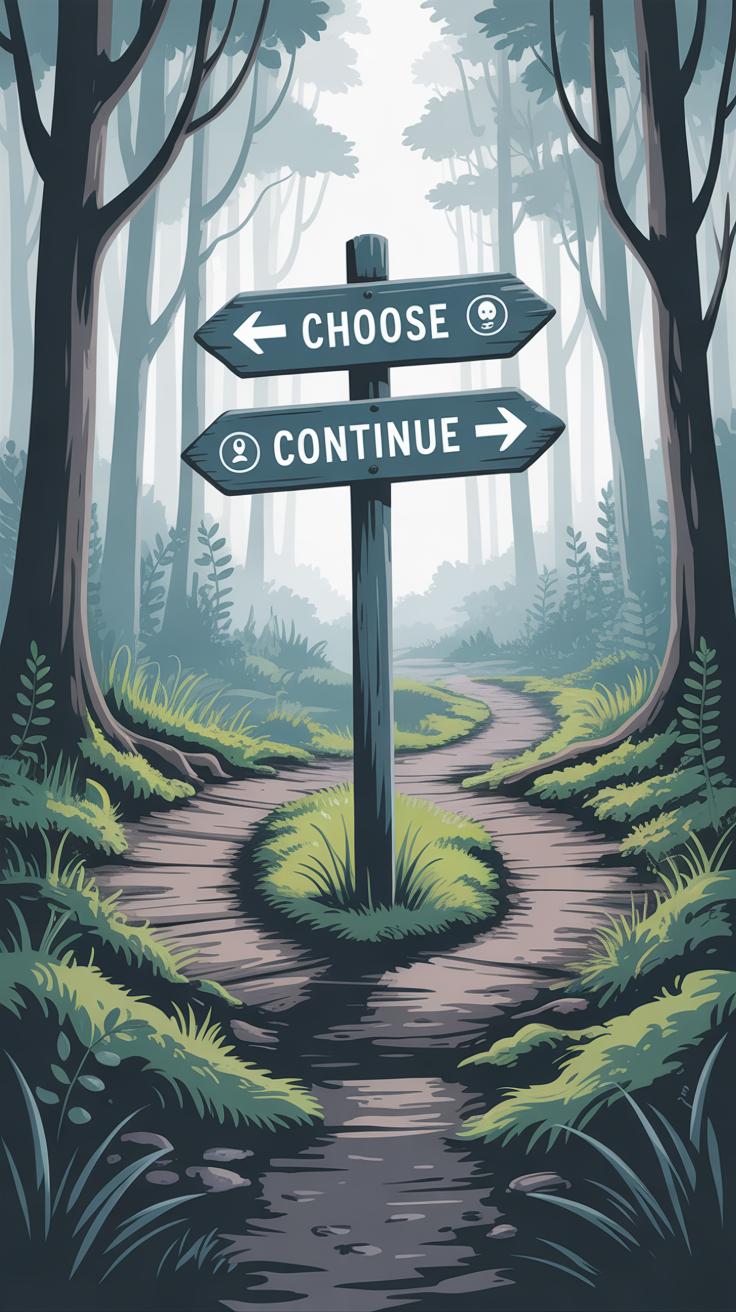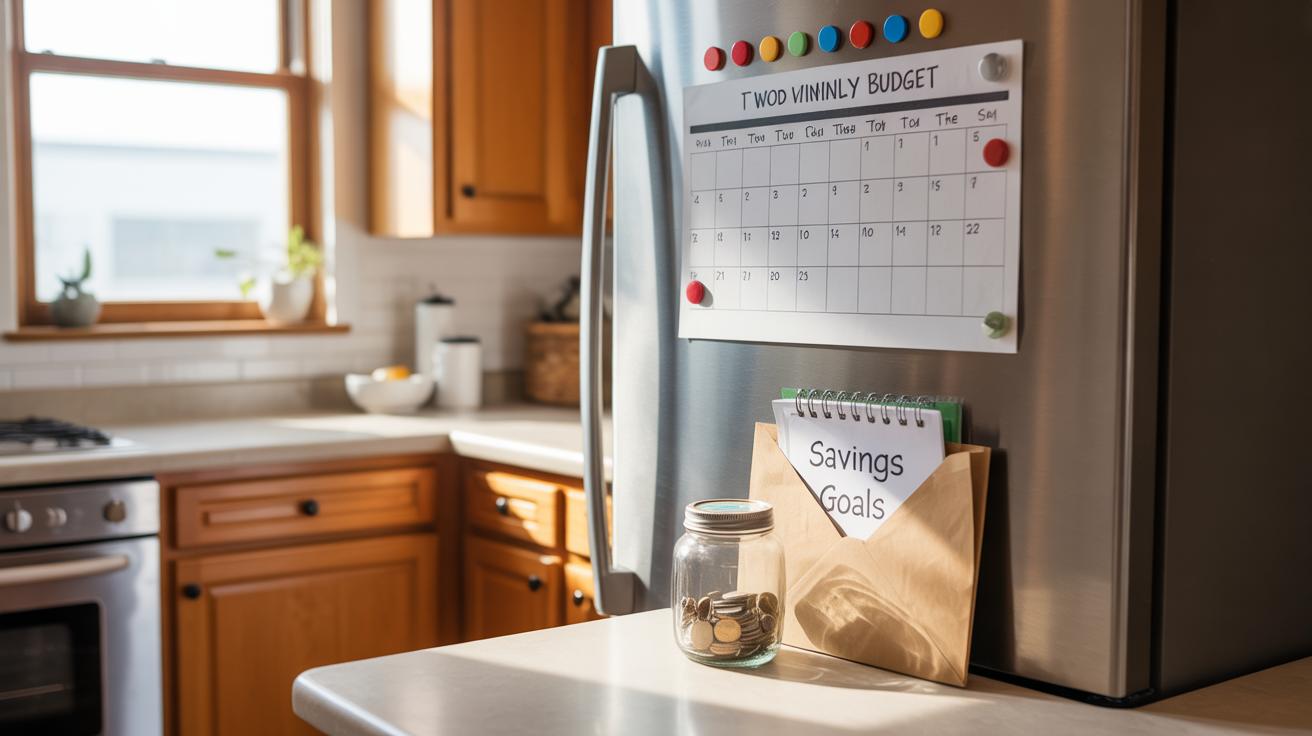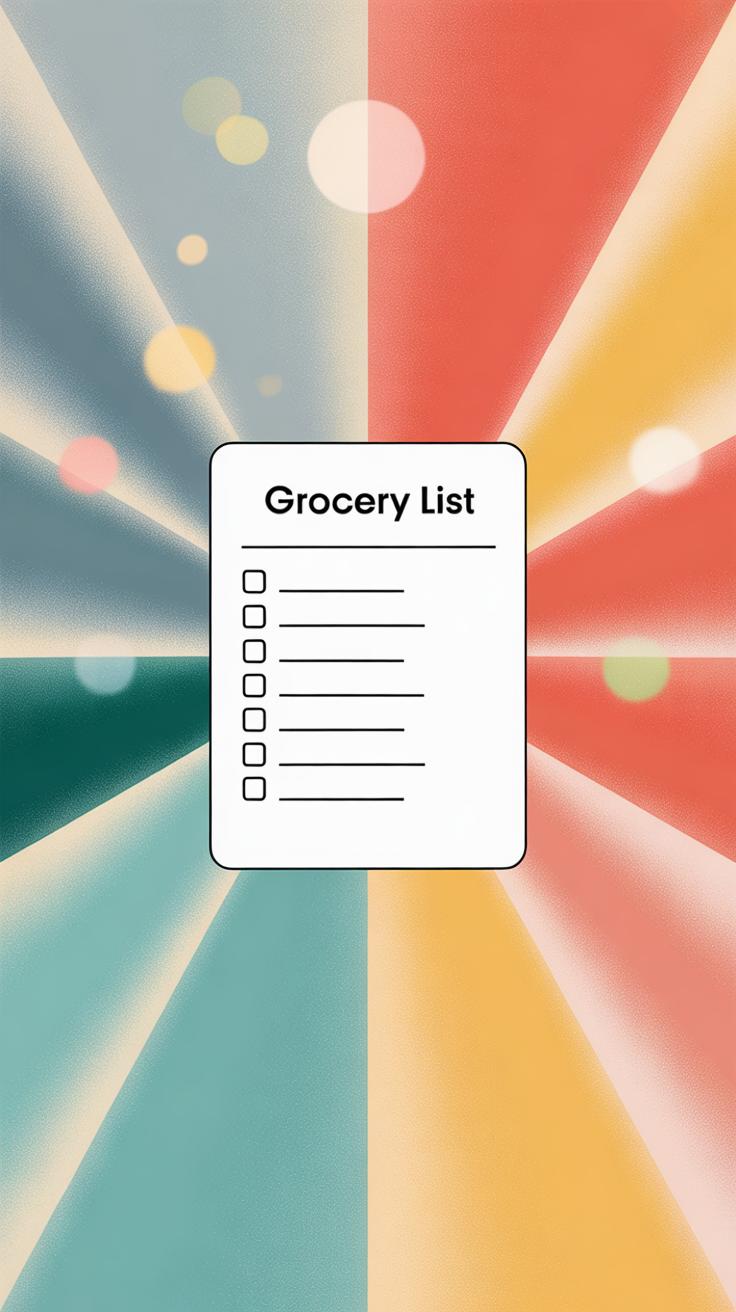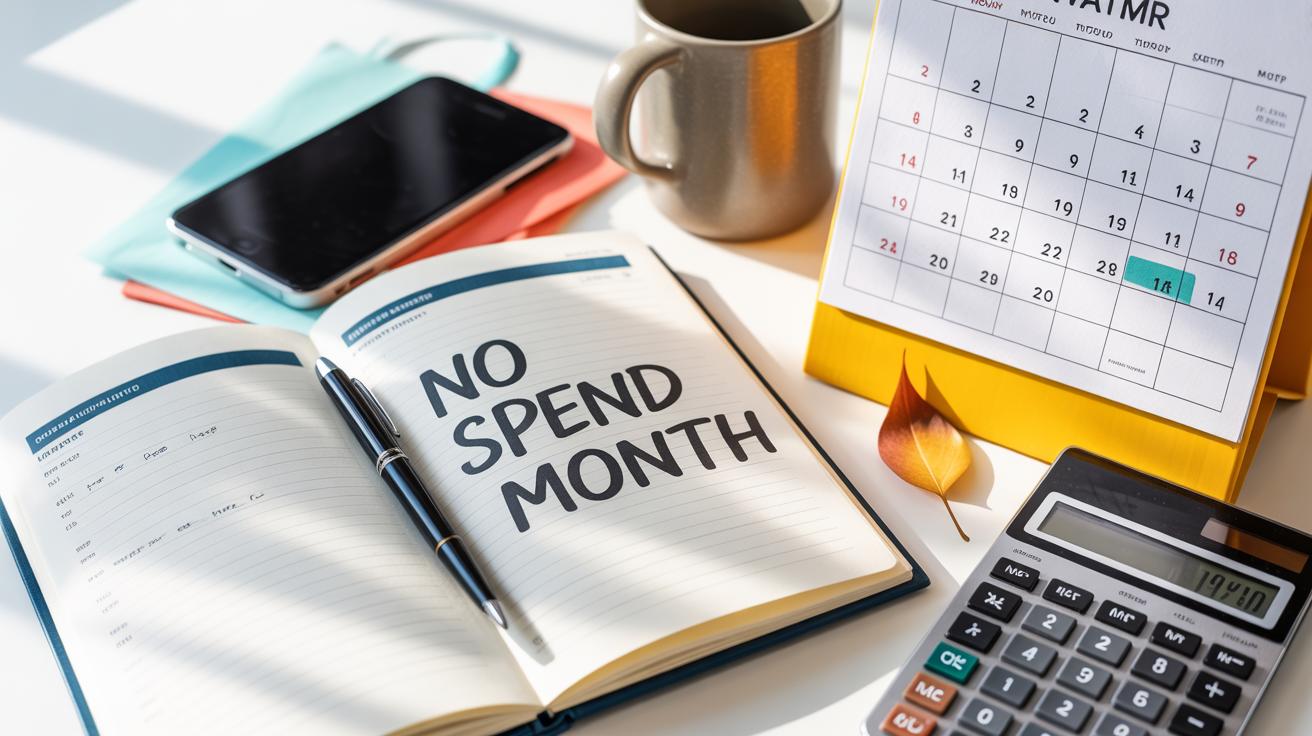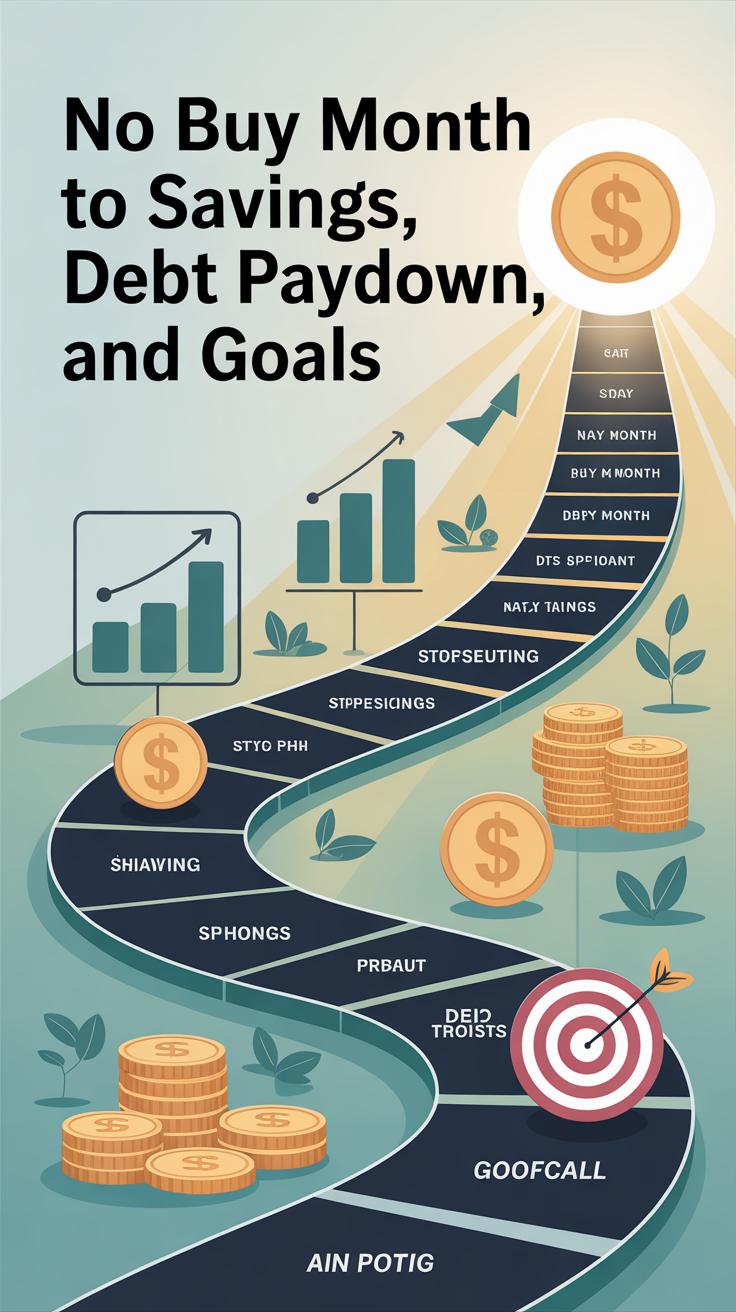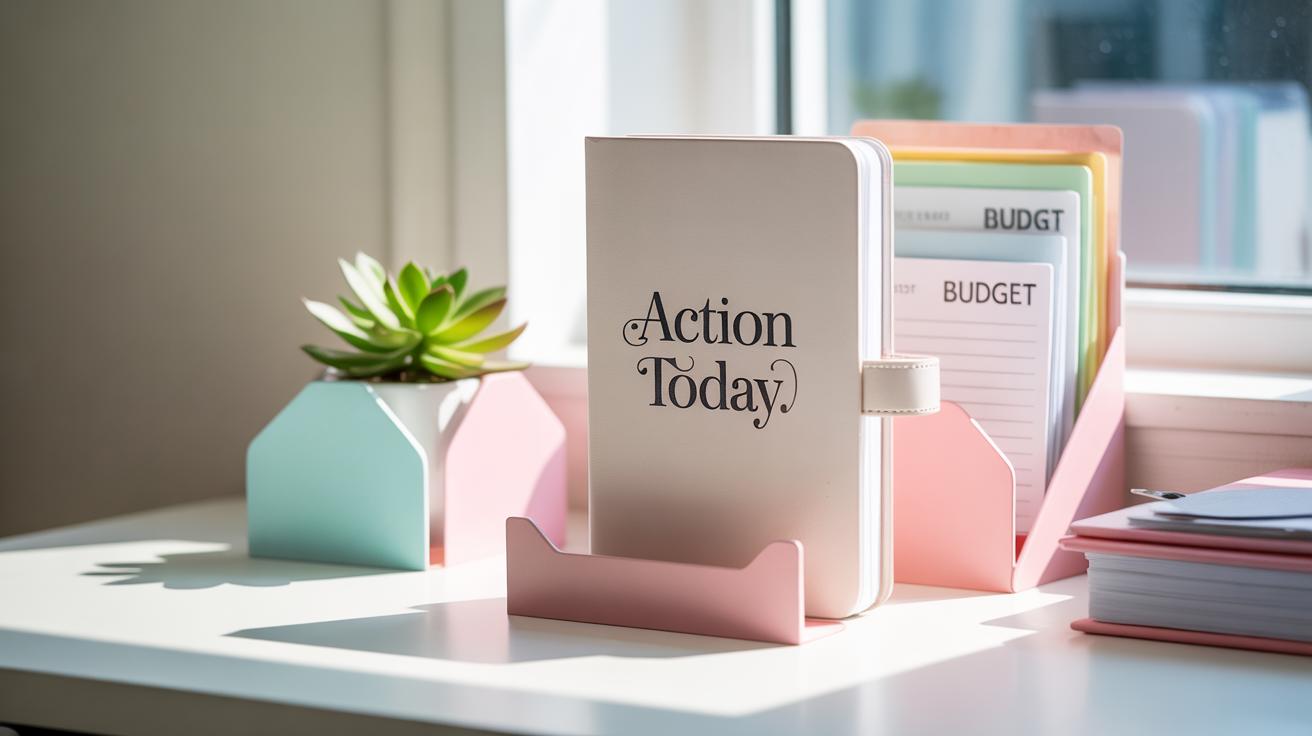Introduction
The No Buy Challenge offers a fresh way to control your spending and rethink the way you shop. By following clear rules and knowing which exceptions are okay, you can stay on track without feeling deprived. This challenge isn’t just about saving money; it helps you become more mindful about what you really need.
You will learn the main rules of the challenge, including what to avoid buying, and the few exceptions that can keep your plan realistic. With these insights, you can make steady progress and avoid falling off the path. Let’s explore the rules and exceptions that make this challenge work well for you.
What Is The No Buy Challenge
The No Buy Challenge is basically a personal experiment where you commit to not buying certain items—or sometimes anything at all—over a set period. The goal is straightforward: to pause your usual spending habits and get a clearer sense of what you really need versus what you just want. You might think of it as a reset button on your shopping impulses.
At its core, the challenge asks you to avoid purchases outside essentials like groceries or bills. The length and strictness can vary depending on your comfort and goals, but the basic premise stays the same—spend less, reflect more. It can feel restrictive at first, almost like depriving yourself, but many find it surprisingly freeing.
The Idea Behind No Buy Challenge
People usually start No Buy Challenges because they want to regain control—control over money, but also over their relationship with stuff. Maybe you’ve felt overwhelmed by clutter or caught in a cycle of buying to feel better, even briefly. There’s something about putting a pause on spending that reveals how automatic many purchases are.
The benefits they aim for go beyond saving cash. Often, it’s about challenging impulse buying, seeing how much you can live without, or just slowing down to consider what matters. Some find they appreciate the things they already own a bit more. It’s not just about cutting costs but rethinking what “need” really means.
How People Usually Do It
There’s no one-size-fits-all here. Some pick a whole month or even three months to avoid any non-essential shopping. Others prefer shorter stints—a weekend, a single week—to dip their toes in first. It depends on mood, budget, and how strong the urge to shop is.
Common approaches include:
- Setting clear categories to avoid, like fashion or tech gadgets
- Allowing only essential buys such as food and hygiene products
- Keeping a journal or log of urges and wins, to track progress
- Mixing the challenge with goals like reducing clutter or paying off debt
Some share their journey online or with friends, which helps keep them honest but sometimes adds pressure. Others prefer flying solo. You might try both and see what sticks.
Setting Clear No Buy Challenge Rules
Having clear rules for your no buy challenge can make all the difference between success and giving up a few days in. Without a set of straightforward guidelines, the challenge can become fuzzy and easy to bend when temptation arises. When I first tried a no buy, I thought I could wing it. Spoiler: I ended up just buying things “because it felt reasonable.” It didn’t work out.
Some key rules that tend to work well include:
- Only buy essentials like groceries and toiletries—skip the extras.
- Avoid non-essential shopping like clothes, gadgets, books, or beauty products.
- Skip impulsive buys, even small ones—those add up.
- No online window-shopping that often leads to carts full of items.
Of course, these are just starting points. What counts as “essential” varies. Maybe you have a hobby that requires some supplies, or work demands certain tools. The point is to craft rules that feel strict enough to challenge your spending habits but flexible enough to fit your life.
So, ask yourself: What do I really need? Where am I likely to loosen up? Tailor your rules around answers like these. This way, the challenge doesn’t feel like punishment—it becomes a thoughtful experiment in spending.
Essential Exceptions That Prevent Burnout
Everyday Needs That Count As Exceptions
Exceptions are not just a loophole; they’re part of what keeps you sane during a no buy challenge. Trying to cut off all spending is great in theory, but life throws some curveballs that require flexibility. Think about essentials like food, hygiene products, and medications—these are non-negotiable. You can’t really say no to toothpaste or your prescription just because you’re trying to save money.
Other everyday needs might include things like replacing worn-out shoes or repairing an essential appliance. These aren’t luxuries but necessities that help you get through each day without added stress. Sometimes, an exception might even be a small self-care purchase if it truly helps you avoid bigger emotional spending later on. Recognizing these exceptions means you’re not setting yourself up for failure.
Using Exceptions Wisely
Knowing when to allow exceptions without derailing your challenge is tricky. You want to avoid turning an exception into a free-for-all excuse. One way to do this is to set clear criteria ahead of time. For example:
- Is this purchase essential for your well-being or daily routine?
- Can this item be postponed or substituted?
- Will buying this help you stick to your goals rather than sidetrack them?
Sometimes, you might hesitate or second-guess the necessity. That doubt can actually be a good signal to pause before deciding. Exceptions should be rare enough that they don’t replace discipline but there to support your momentum. When you slip up, don’t beat yourself up—instead, see it as a chance to reassess and adjust your rules thoughtfully.
Planning Your No Buy Challenge Successfully
Choosing Your Challenge Length
Picking the length of your No Buy Challenge can feel tricky, especially if this is your first time. It’s tempting to aim for a long stretch, maybe a month or two, but sometimes shorter periods work better. Starting with two weeks or even ten days could give you a clearer sense of what to expect without feeling overwhelmed. You might find that a shorter challenge fits your lifestyle right now or that a longer one tests your patience too much. It’s okay to revise your chosen length once you get going—plans often shift as realities settle in. Think about your schedule, upcoming events, and stress levels. If you have a birthday or holiday right in the middle, maybe a brief pause or adjustment is smart.
Setting Clear And Simple Goals
Clear goals keep you grounded. Instead of vague plans like “spend less,” try something specific, like “buy nothing besides groceries” or “skip all online shopping for non-essentials.” Simple goals make decision-making easier. You don’t want to get bogged down in debating every little purchase—that’s exhausting. You might also want to consider what you’re hoping to gain from this challenge. Are you looking to save money, reduce clutter, or just reset your buying habits? Writing down a couple of precise objectives can keep you honest and motivated. Sometimes, a goal might feel too rigid at first, but it can loosen over time as you learn what really works for you. Don’t hesitate to tweak your goals if they feel unreachable or too easy.
Tips For Staying On Track With The Challenge
Avoiding Triggers That Lead To Buying
Impulse buying doesn’t just happen out of nowhere. Most often, it sneaks up when you least expect it. Ads popping up on your phone, browsing social media feeds, or even walking past your favorite store can easily pull you in. Sometimes, it’s boredom or stress that nudges you toward the checkout button before you realize it.
To keep these urges in check, try to identify what sparks them for you. Is it certain websites, specific times of day, or maybe a person who encourages shopping? Once you know, limit your exposure. For example, uninstall or mute apps that show tempting ads, or take a detour to avoid your usual shopping routes. When boredom strikes, have alternatives ready—like a book or a quick walk—that don’t involve spending money.
Tracking Progress Effectively
Keeping a clear view of your progress can boost motivation in surprising ways. You don’t need anything fancy—a simple journal, a note app, or even a spreadsheet works well. Just jot down each day or week you successfully avoid buying. Seeing that list grow creates a quiet sense of accomplishment.
Try setting small milestones, like a week or two without spending, and reward yourself with something that fits your no buy rules—maybe a homemade treat or extra time doing a favorite hobby. These checkpoints remind you why you started and make the journey feel less daunting.
Dealing With Challenges During The No Buy Challenge
Handling Social Pressure
Social pressure is one of the trickiest hurdles when you’re trying to stick to a no buy challenge. Friends might invite you to shop or share the latest sale, making it feel like everyone else is having fun while you’re holding back. Ads don’t help either; they’re everywhere, often tailored to tempt you just when your resolve weakens.
One way to stay firm is to be honest, but brief, when people ask why you’re not buying. A simple “I’m trying to cut down on spending” often stops the conversation. Sometimes, though, you’ll get pushback or curiosity. In those moments, it helps to remind yourself that you’re doing this for your own goals, not to please others.
You can also avoid situations where pressure mounts, like skipping mall trips or muting social media ads for a while. It’s okay to prioritize your challenge over fitting in perfectly. You don’t have to explain yourself endlessly.
Managing Urges To Break The Rules
Urges to buy can hit unexpectedly, often without a clear reason. Maybe you saw something shiny online, or you just had a tough day. Recognizing that these urges are normal helps—you’re not alone in feeling them.
Here are some ways to resist and stay committed:
- Pause and reflect. When the urge strikes, give yourself a few minutes before acting. Sometimes the desire fades quickly.
- Distract yourself. Walk, call a friend, or dive into a hobby. Redirecting your focus works better than fighting the urge head-on.
- Revisit your reasons. Remind yourself why you started. This can rekindle your motivation, at least temporarily.
- Allow small exceptions. This might sound odd in a no buy challenge, but a carefully chosen treat—one you decide on in advance—can prevent a bigger splurge later.
Still, there are moments when you question the whole challenge, wondering if it’s too strict or unrealistic. That’s natural. The key is to be honest with yourself about why you want to keep going and how you can adjust the rules if needed without losing sight of your goals.
What To Do After The No Buy Challenge Ends
Evaluating Your Success
Once your no buy challenge wraps up, don’t just rush back to old habits. Take time to look back and assess what really happened. Did you stick to your rules? Maybe you surprised yourself by resisting temptations, or maybe some moments felt more challenging than you expected. Jot down what worked well, but also be honest about slip-ups. Were certain triggers harder to avoid? Tracking your emotions during those times can reveal a lot.
Think about savings—did you notice a difference in your bank balance? But don’t focus only on numbers. How did your mindset shift? Did you gain a clearer sense of what you truly need versus want? These reflections aren’t just about success or failure. They’re clues for next steps, nudging you towards better choices with less friction.
Building On Your New Spending Habits
After the challenge, you probably want to hold on to that momentum. One way is setting simple, flexible spending guidelines instead of strict bans. For example, decide in advance where and when it’s okay to shop. Or maybe keep a list of things you’re allowed to buy, like essentials or planned treats. It’s okay to adjust these as you learn more about your habits.
Another tip: keep tracking your spending for a little while. You don’t need to monitor every cent forever, just enough to notice trends before they slip back. Also, remind yourself regularly why you started the challenge in the first place. Sometimes, a mental reset like this stops old patterns before they start again.
Have you thought about how your social environment plays into your spending? Friends or situations that encourage impulse buys can still sneak up on you. Maybe ease into conversations about your goals or create a system where you check in with someone you trust. That accountability can be surprisingly helpful.
Ultimately, building on your new habits is less about perfect discipline and more about sensible choices you can live with over time. You don’t have to be flawless, but staying aware makes a difference. And, well, isn’t that the real challenge after all?
How No Buy Challenge Fits In Your Bigger Financial Picture
The no buy challenge doesn’t exist in a bubble. It connects directly to your broader financial goals, even if that connection isn’t obvious at first. When you commit to not making purchases for a set time, you’re really creating space to reflect on what matters most to you financially. It’s like pressing pause on impulse and reassessing your relationship with money.
Think about your monthly budget. This challenge forces you to confront where your money usually goes and challenges you to redirect it—maybe toward paying down debt or building an emergency fund. You become more aware of spending triggers, which translates into smarter, more intentional decisions after the challenge ends. Even short no buy periods can highlight your true needs versus fleeting wants.
There’s also a subtle connection to minimalism. When you stop buying, clutter naturally decreases. You start noticing how much stuff you already have and whether new items really add value to your life. It opens up a mindset shift from “more” to “enough.” This can spill over into other areas, reducing stress and building a sense of calm around possessions. It makes you wonder—do I need that item or am I just filling a void?
So maybe the no buy challenge is more than just a spending freeze. It’s a small practice that feeds into bigger habits—saving regularly, spending mindfully, and trimming excess in your life. You might not see all the connections immediately, but they’re quietly shaping the way you handle money and stuff going forward.
Conclusions
Following the No Buy Challenge rules helps you build strong habits and avoid unnecessary purchases. When you pair these with smart exceptions, you make your challenge easier and more sustainable. This way, you keep your spending in check while still meeting your essential needs.
The journey is about finding balance and learning about your spending patterns. Stick with the challenge rules and adjust as needed with thoughtful exceptions. Over time, you could enjoy more control over your money and less stress about buying things you don’t really need.
